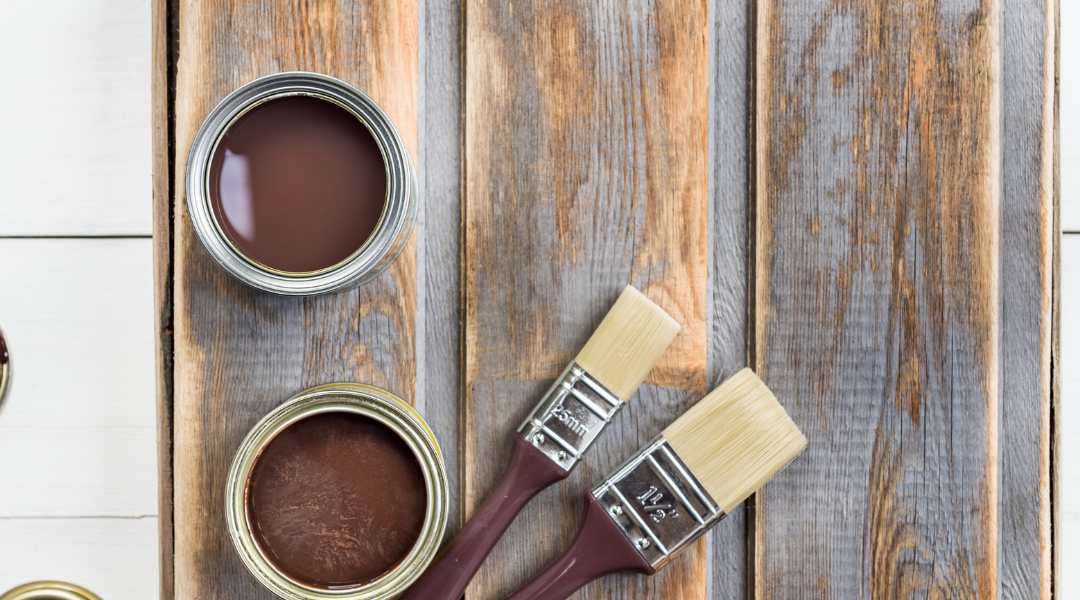Painting is a beautiful art form that involves many mediums, although most mediums (paint, canvas, and paper) have an innate tendency to yellow over time. Worse yet, the finishing steps can be a bit tricky, making finishing an old painting a big challenge. Luckily, there are a number of ways to make your painting look new again. The most popular method of reviving a painting is called varnish. Varnish is a coating that is applied to help protect the painting and add a glossy finish. Varnish can be applied to any painting, but it is used most often on oil paintings. Here are some tips on how to varnish your painting.
Test The Solvency Of The Varnish
Varnishing is often used to prolong the life of a painting. But more than that, it actually adds a new layer of color to the artwork. Varnishing serves to seal in the pigments to prevent them from fading and protect artwork from the elements. But, what are some of the things that affect the varnish’s ability to do so? Is it time to replace it, or should it be left to age? The Solvent Sensitivity Test to see if my oil paintings will hold up over time.
Understand The Shift Of Color In Varnish
Ask a museum curator or art collector the difference between an oil painting and the same painting varnished. They will likely tell you that varnished paintings are much more durable, even if the varnished painting is not necessarily more valuable. That is because varnishing provides protection against the damaging effects of exposure to the elements, especially ultraviolet light. Varnish is an odorless, non-toxic, clear, thin, flexible, water-soluble coating originally developed as a maintenance product for wooden floors. It’s a coating that can be used on a variety of surfaces, including plastic, wood, ceramic, glass, and metal. Varnish may be used to protect surfaces from moisture, dirt, grease, stains, and accidental damage (such as scratches).
Ensure It Works With Your Backing Board
Varnish is a paint that gives an intense shine to any surface it is applied to. It is typically made of polyvinyl acetate (PVA) and contains a high percentage of solids. The common varnish is a water-based coating, which is available in a variety of colors and degrees of sheen. When applied to a surface, it can enhance the color of paint (or wood) and also provide a protective barrier. Varnish is also used for other purposes, such as protecting wood furniture and fixtures against the effects of moisture or making pictures more resistant to wear. It is also a popular base for creating art. While the method of backing a painting is not a new one, creating a good quality piece of antique art is quite challenging. Most of the time, the painting is made of a very fragile canvas, the paint is made of oil-based paint that is prone to fading, the paint itself doesn’t really hold in good shape, and it’s also very brittle. That’s why in the past, people would paint their paintings with a sturdy old framework, which would hold the painting in good shape for years.
Varnish is a fairly simple technique used by painters and sculptors. If you are just starting, you can easily try it out on a small piece of wood or clay. You can also use it to protect your paintings from tarnishing. Varnish does the same job as wax or shellac but without the mess. It can be used to cover a box, a vase, or a statue’s face.
Varnishing your painting is a very old practice practiced for hundreds of years and has only been recently forgotten or is not known by many painters. There are many types of varnish, which are used to protect paintings from damage and to increase the quality of the painting.
Varnish is a material coating that has been around for a long time, but it’s hard to find in a modern art store. Why would you want to varnish your painting? To protect your art from minor damages like dust and dirt and prevent it from fading over time. Also, the varnish can help make your painting more beautiful and shinier. The varnish can also be used to protect other things like wooden furniture.

